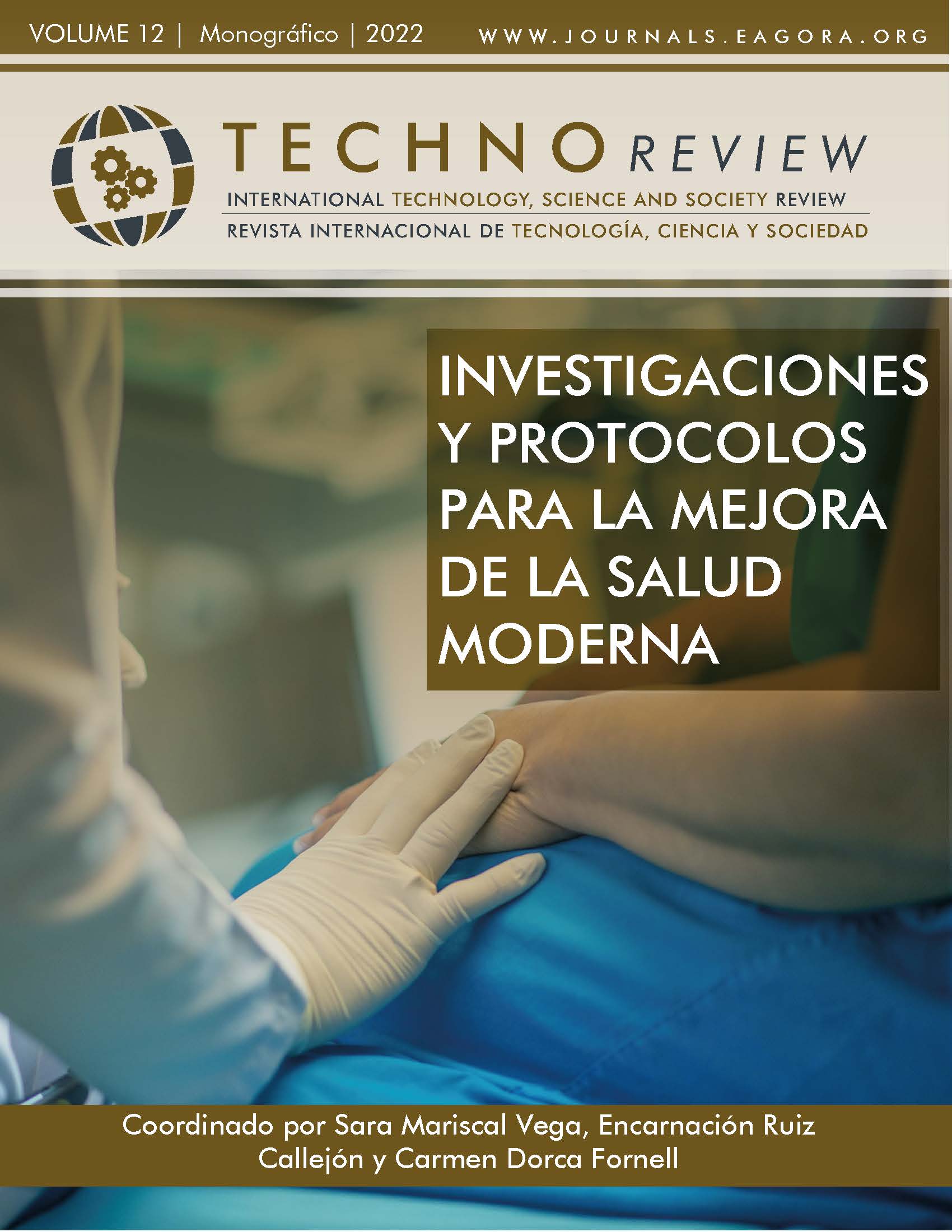The improvement of emergencies from health training
A view of interim resident physicians
DOI:
https://doi.org/10.37467/revtechno.v11.4402Keywords:
Emergencies, Saturation, Interim Resident Physician, Education for health, Training, Diseases, Healthy habitsAbstract
This article analyzes the perceptions of five first-year medical residents regarding the relationship between training in health education and the saturation of emergency services. A qualitative methodology has been used in which the individual interview was used as a data collection instrument. The results showed that the doctors pointed out how the users have little knowledge about health care, nor about the operation of the emergency service, the information channels are unreliable (television and internet), which has repercussions in a greater saturation in the Emergencies.
References
Arteaga, C., Kolling, M. G., & Mesquida, P. (2007). Health and education: a binomial worthbeingrescued. Revista Brasileira de EducaçãoMédica, 31, 60-66. DOI: https://doi.org/10.1590/S0100-55022007000100009
Cazul Imbert, I., Rodríguez Cabrera, A., Sanabria Ramos, G., & Hernández Heredia, R. (2007). Enseñanza de los primeros auxilios a escolares de cuarto a noveno grados. Revista Cubana de Salud Pública, 33(2), 1-21. DOI: https://doi.org/10.1590/S0864-34662007000200006
Esparza Olcina, M. J. (2011). Prevención de lesiones infantiles por accidente doméstico.
Espinoza-Portilla, E., & Mazuelos-Cardoza, C. (2020). Desinformación sobre temas de salud en las redes sociales.
Revista Cubana de Información en Ciencias de la Salud, 31(2), 1-11.
Frenk, J., Chen, L., Bhutta, Z. A., Cohen, J., Crisp, N., Evans, T., ... &Zurayk, H. (2015). Profesionales de la salud para el nuevo siglo: transformando la educación para fortalecer los sistemas de salud en un mundo interdependiente. Educación médica, 16(1), 9-16. DOI: https://doi.org/10.1016/j.edumed.2015.04.011
Caballero-Uribe CV, Alonso-Palacio LM. (2010). La educación para la salud un reto actual. Salud Uninorte, 26(1): I-IV.http://rcientificas.uninorte.edu.co/index. php/salud/article/view/153/5787
Hoyos, J. E., Duvaltier, I., & Giraldo, W. (2003). Límites de los programas de promoción y prevención. Una perspectiva psicoanalítica. Iatreia, 16(2), 132-139.
Johnson, K. H., Bergren, M. D., & Westbrook, L. O. (2012). Thepromiseofstandardized data collection: Schoolhealth variables identifiedbystates. Th eJournal of school nursing, 28(2), 95-107. DOI: https://doi.org/10.1177/1059840511426434
Molano, F. R.,Escobar, C. M., García, M. A., Salazar, P. A., Mejía, L. C., &Jiménez, W. G. (2016). Motivos de uso de los servicios de urgencias. Acta Odontológica Colombiana, 6(1), 123-136.
Martín, R. A. (2015). Educación para la salud en primeros auxilios dirigida al personal docente del ámbito escolar. Enfermería universitaria, 12(2), 88-92. DOI: https://doi.org/10.1016/j.reu.2015.04.004
Oliver-Hoyo, M., & Allen, D. (2006). The Use of Triangulation Methods in Qualitative Educational Research. Journal of college science teaching, 35(4), 42-47.
Peñaranda, F., & Giraldo, L. (2015). La enseñanza de la educación para la salud:¿ una confrontación a la teoría y la práctica de la salud pública como disciplina?. Revista Facultad Nacional de Salud Pública, 33(3), 353-360. DOI: https://doi.org/10.17533/udea.rfnsp.v33n3a04
Saldaña, J. (2009). The coding manual for qualitative researchers. Thousand Oaks, CA: Sage, 2009.
Saldaña, B., Mora, B., Mora, B., Abud, C., & Cortés, J. F. (2011). Falta de conocimientos como factor de riesgo para ser hospitalizado en pacientes diabéticos tipo 2. Archivos en Medicina Familiar, 13(2), 62-73.
Sánchez, J., Delgado, A. E., Muñoz, H., Luna del Castillo, J. D., Jiménez, J. J., & Bueno, A. (2005). Frecuencia y características de la demanda atendida en un Servicio de Urgencia Hospitalario. Circuitos de atención. Emergencias (St. Vicenç dels Horts), 52-61.http://www.semes.org/revista_EMERGENCIAS/descargar/ frecuencia-y-caracteristicas-de-la-demanda-atendida-en-un-servicio-de-urgencia-hospitalario- circuitos-de-atencion/force_download/
Tortorella, G. L., Viana, S., & Fettermann, D. (2015). Learning cycles and focus groups: a complementary approach to the A3 thinking methodology. The Learning Organization, 22(4), p. 229-240. DOI: https://doi.org/10.1108/TLO-02-2015-0008
Velasco Díaz, L., García Ríos, S., Oterino de la Fuente, D., Suárez García, F., Diego Roza, S., & Fernández Alonso, R. (2005). Impacto de los ingresos urgentes innecesarios sobre las estancias hospitalarias en un hospital de Asturias. Revista española de salud pública, 79, 541-549.http://scielo.isciii.es/scielo.php?pid=S1135- 57272005000500004&script=sci_arttext DOI: https://doi.org/10.1590/S1135-57272005000500004
Downloads
Published
How to Cite
Issue
Section
License
Those authors who publish in this journal accept the following terms:
- Authors will keep the moral right of the work and they will transfer the commercial rights.
- After 1 year from publication, the work shall thereafter be open access online on our website, but will retain copyright.
- In the event that the authors wish to assign an Creative Commons (CC) license, they may request it by writing to publishing@eagora.org








